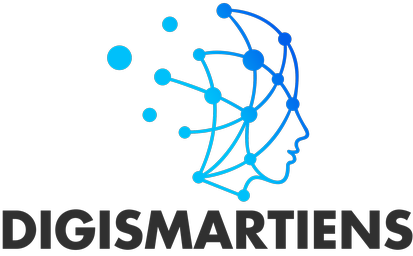
Introduction Of OpenAI

Table of Contents
Just a day after OpenAI launched its latest AI image generator, social media has been inundated with AI-generated artwork mimicking the signature style of Studio Ghibli, the renowned Japanese animation studio behind classics like My Neighbor Totoro and Spirited Away.
In the past 24 hours, users have created Studio Ghibli-style renditions of figures such as Elon Musk, characters from The Lord of the Rings, and even former President Donald Trump. It CEO Sam Altman has seemingly embraced the trend, updating his profile picture to an AI-generated image in this distinct artistic style. Many users are uploading existing photos and asking ChatGPT to recreate them in various stylistic forms.
The AI Copyright Dilemma
It’s update follows closely on the heels of Google’s own AI image-generation feature within its Gemini Flash model, which made headlines in March when users exploited it to remove watermarks from images. These rapid advancements in AI-generated imagery raise significant copyright concerns, as they allow users to replicate distinctive artistic styles with a simple text prompt.
The core question remains: If AI models are trained on copyrighted works, do they infringe upon copyright laws? This issue is central to ongoing lawsuits against major AI developers, including OpenAI, with allegations that their training data includes copyrighted material without appropriate licensing or attribution.
Legal Gray Areas and Industry Implications
According to Evan Brown, an intellectual property attorney at Neal & McDevitt, OpenAI’s AI image generator operates in a legal gray area. Copyright law does not explicitly protect artistic style, meaning OpenAI is not necessarily violating the law by generating images that resemble Studio Ghibli’s aesthetic. However, if OpenAI’s model was trained using millions of frames from Studio Ghibli’s films, that could introduce potential legal challenges.
“I think this raises the same question we’ve been asking for years,” Brown said. “What are the copyright infringement implications of crawling the web and incorporating that content into AI models?”
Multiple lawsuits, including one filed by The New York Times, accuse OpenAI of training its models on copyrighted material without authorization. Similar legal claims have been brought against other AI companies, including Meta and Midjourney.
OpenAI’s Response and the Growing Ethical Debate
In a statement to TechCrunch, an OpenAI spokesperson clarified that ChatGPT does not replicate “the style of individual living artists” but does permit recreations of “broader studio styles.” However, this raises further ethical questions, as many studio styles are closely associated with living artists—such as Studio Ghibli co-founder Hayao Miyazaki, who played a pivotal role in shaping its visual identity.
Users have also leveraged OpenAI’s image generator to mimic other artistic styles. For instance, someone created a portrait of Marc Andreessen in the whimsical style of Dr. Seuss, while another user reimagined wedding photos in the distinctive aesthetic of Pixar.
AI’s Growing Capabilities and the Road Ahead
To test the limits of AI-generated stylistic replication, we experimented with several popular AI image tools, including those from Google’s Gemini, xAI’s Grok, and Playground.ai. Our findings indicate that OpenAI’s generator produces the most accurate representations of Studio Ghibli’s signature look.
This advancement in AI image generation has led to a surge in usage. OpenAI even had to delay the rollout of its image tool to free-tier users due to overwhelming demand. While this demonstrates the growing capabilities and appeal of AI-generated content, the legal and ethical questions surrounding these tools remain unresolved.
For now, while OpenAI and Google push the boundaries of what AI can create, the final verdict on the legality of their methods will ultimately be determined in court.





